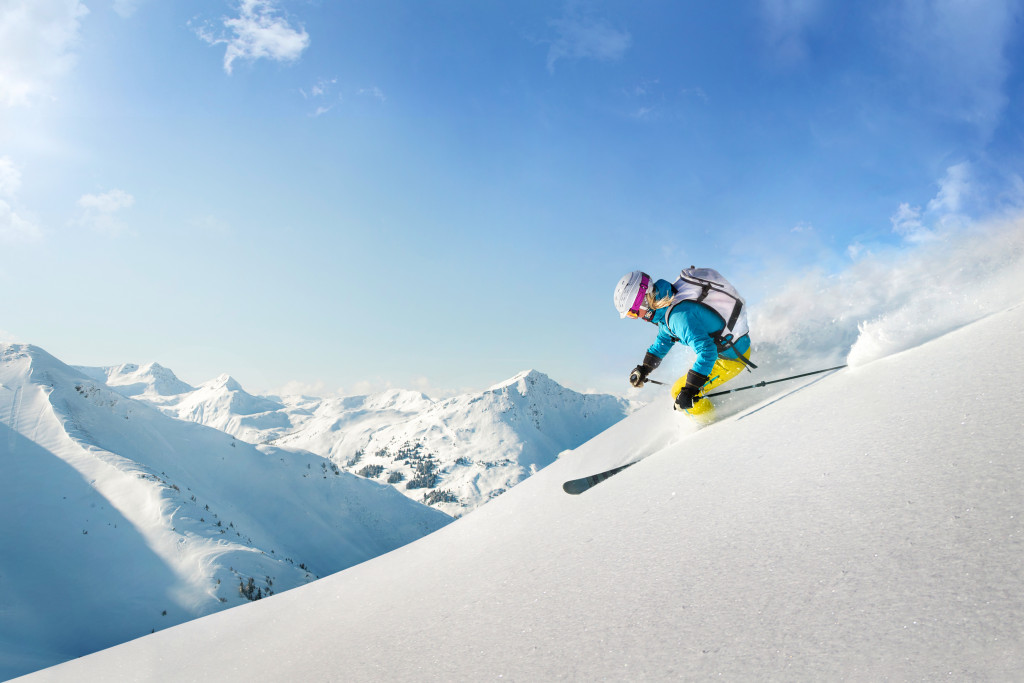Ski lifts are an essential part of the skiing experience. However, they pose a significant risk to businesses. Ski lift accidents can be devastating for both customers and business owners alike, often resulting in severe injury or even death in some cases. This article will explore four key strategies for mitigating risk related to ski lift accidents, focusing on different types of businesses that utilize ski lifts. By using these strategies, businesses can protect themselves from liability and ensure their customers receive a safe and enjoyable experience.
1. Regular Maintenance
Frequent maintenance of lifts can lower the risk of ski lift mishaps. Ski lifts should be inspected regularly by trained professionals. This includes checking cables, pulleys, brakes, chairs, and other lift components for wear and tear or potential issues. Any defects should be addressed immediately by trained professionals, as they can lead to severe consequences if left unaddressed. Additionally, ski lifts should be regularly serviced and lubricated to ensure maximum efficiency and safety.
It is also essential to regularly clean the ski lifts. Cleaning should include removing any dirt, debris, leaves, and ice that may have accumulated and prevented the proper functioning of the lift. Making sure all electrical components are tightly connected could also help avoid accidental electrocution or malfunctions. Operators should take extra precautions when performing maintenance tasks in wet or freezing weather, as it can make specific components slippery.
2. Utilizing Technology
Minimizing the possibility of ski lift accidents can be achieved by leveraging technology such as sensors and monitors. Sensors can detect changes in speed, weight load, cable tension, temperature, or vibration that could indicate an issue with the lift. Monitors can alert staff members when a problem is detected so that it can be addressed quickly before it becomes a more significant issue. Additionally, some ski resorts have cameras that can provide video feedback on the lift, allowing staff members to check for potential issues from a distance.
By being proactive with these technological tools, ski resorts can actively reduce the risk of ski lift accidents. Some resorts are beginning to implement artificial intelligence (AI) and machine learning (ML) algorithms to analyze data from sensors and other sources to detect potential problems before they occur. AI and ML can also predict future maintenance needs, helping to ensure that any potential issues are taken care of quickly and efficiently.
In addition, ski resorts are also taking steps to ensure the safety of passengers. For example, many resorts have installed RFID tags on their chairs to alert staff if someone remains seated on the lift for an extended period. This allows personnel to locate any skiers or snowboarders needing assistance quickly. Furthermore, many ski resorts are also introducing systems that use facial recognition to identify riders and alert staff if they appear to be in distress.
3. Hire an Expert Witness

To reduce the risk associated with ski lifts, it is highly recommended to bring on an expert witness for ski lifts. An expert witness can provide valuable testimony in a lawsuit, as they are familiar with lift systems and can analyze evidence to determine what occurred and why. They can also help identify potential safety issues that were not addressed before the accident. Additionally, having an expert witness on hand during inspections or maintenance of ski lifts can help ensure proper procedures are followed.
Having an expert witness for ski lifts is also beneficial for insurance purposes. They can provide evidence of any safety issues or problems that could have caused the accident and help to ensure claims are paid promptly. Additionally, they can testify about how the lift system was maintained, inspected, and operated to minimize liability and damages from incidents involving ski lifts.
4. Investing in Insurance Coverage
The fifth strategy for reducing risk related to ski lift accidents is to invest in insurance coverage. Ski lift liability insurance can protect businesses from the financial repercussions of an accident and provide a layer of security for customers. This type of insurance covers medical expenses, property damage, legal fees, and other costs associated with a ski lift accident. Investing in this coverage will help protect businesses from potential financial losses due to ski lift accidents.
It is important to note that insurance coverage is not a substitute for taking appropriate safety measures. Ski lift operators should always take the necessary steps to ensure the safe operation of their ski lifts, including regular inspections and maintenance. Additionally, businesses must create a comprehensive risk management plan outlining all potential risks associated with ski lift operations.
In Closing
The risks associated with ski lifts can be significantly reduced by taking a proactive approach. Implementing the strategies outlined in this article can help ski resorts and other businesses reduce their potential liability and ensure their customers are safe while using ski lifts. From investing in technology to hiring an expert witness, these steps will help create a secure environment for skiers and snowboarders.




